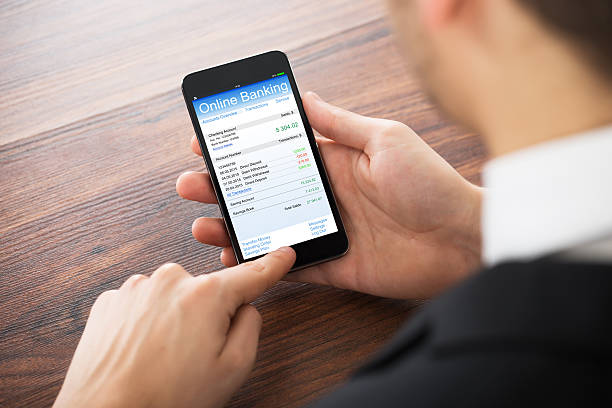A future-dated bank transfer is a transaction you initiate today but schedule to occur on a specific future date. This feature allows you to automate financial tasks, ensuring that your funds are moved or payments are made on time without manual intervention when the date arrives.
How to Schedule a Future-Dated Bank Transfer
Scheduling a future-dated bank transfer is typically a straightforward process, and it can vary slightly depending on your bank's online or mobile banking platform. Here are the general steps to follow:
Log into Your Online Banking Account: Access your online banking platform using your credentials.
Navigate to the Transfer or Payments Section: Once logged in, find and select the 'Transfer' or 'Payments' section of your online banking portal. This is where you'll initiate the transfer.
Select the Type of Transfer: Depending on your bank's interface, you'll likely be presented with options like 'Internal Transfer,' 'External Transfer,' or 'Bill Payment.' Choose the option that aligns with your intended transaction.
Enter the Transfer Details: Fill in the necessary information, including the recipient's account details, the transfer amount, and any other relevant information.
Choose the Future Date: Look for an option that allows you to select a future date for the transfer. This is where you specify when you want the transaction to occur.
Confirm and Review: Before finalizing the transfer, review all the details to ensure accuracy. Verify the recipient's details, the amount, and the scheduled date.
Set the Frequency (if applicable): If you want to make this transfer regularly, such as monthly, you can set the frequency accordingly.
Submit the Transfer: Once you're satisfied with the information provided and the scheduled date, submit the transfer. Some banks may require additional security verification at this stage.
Confirmation and Receipt: After completing the process, you'll typically receive a confirmation message or email that includes the transaction details and the scheduled date for the transfer.
Advantages of Scheduling Future-Dated Transfers
Scheduling future-dated bank transfers offers several advantages for your financial management:
Automated Bill Payments: Ensure that your bills are paid on time without worrying about missing due dates.
Consistent Savings: Set up automatic transfers to your savings account, helping you consistently save money for your financial goals.
Convenience: Save time by setting up recurring transfers for regular financial obligations.
Financial Planning: Schedule transfers to align with your budget and financial planning, ensuring you meet your financial goals.
Peace of Mind: Rest easy knowing that your financial transactions are set up and will be executed as planned.
Conclusion
In conclusion, scheduling future-dated bank transfers is a valuable feature offered by most banks that can simplify your financial management. Whether you're paying bills, saving for the future, or handling regular financial obligations, this tool allows you to plan ahead, automate transactions, and ensure your financial tasks are executed on time. Take advantage of this convenience to streamline your financial life and enjoy peace of mind in your financial planning.
Frequently asked questions (FAQs) for bank transfers




